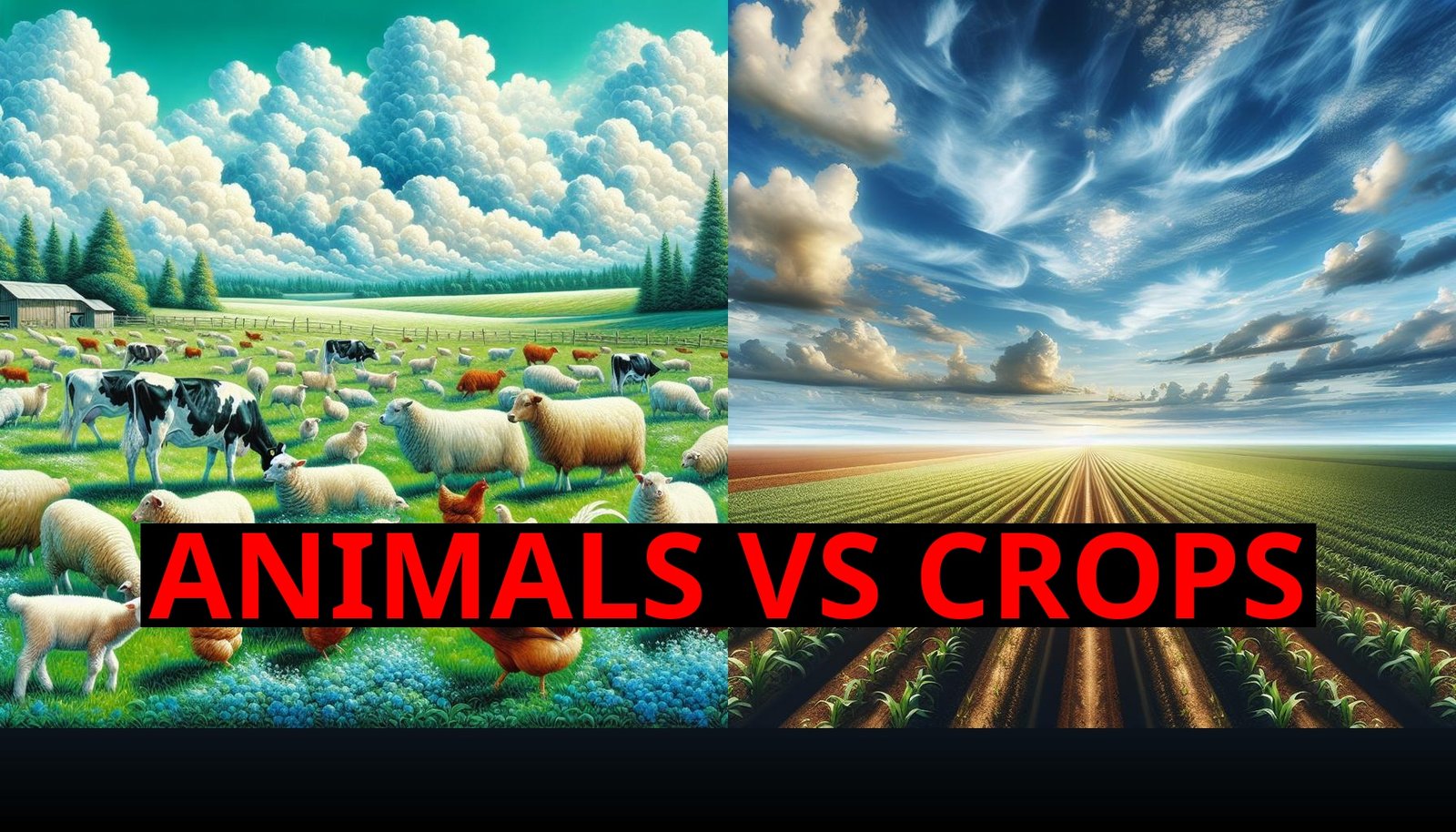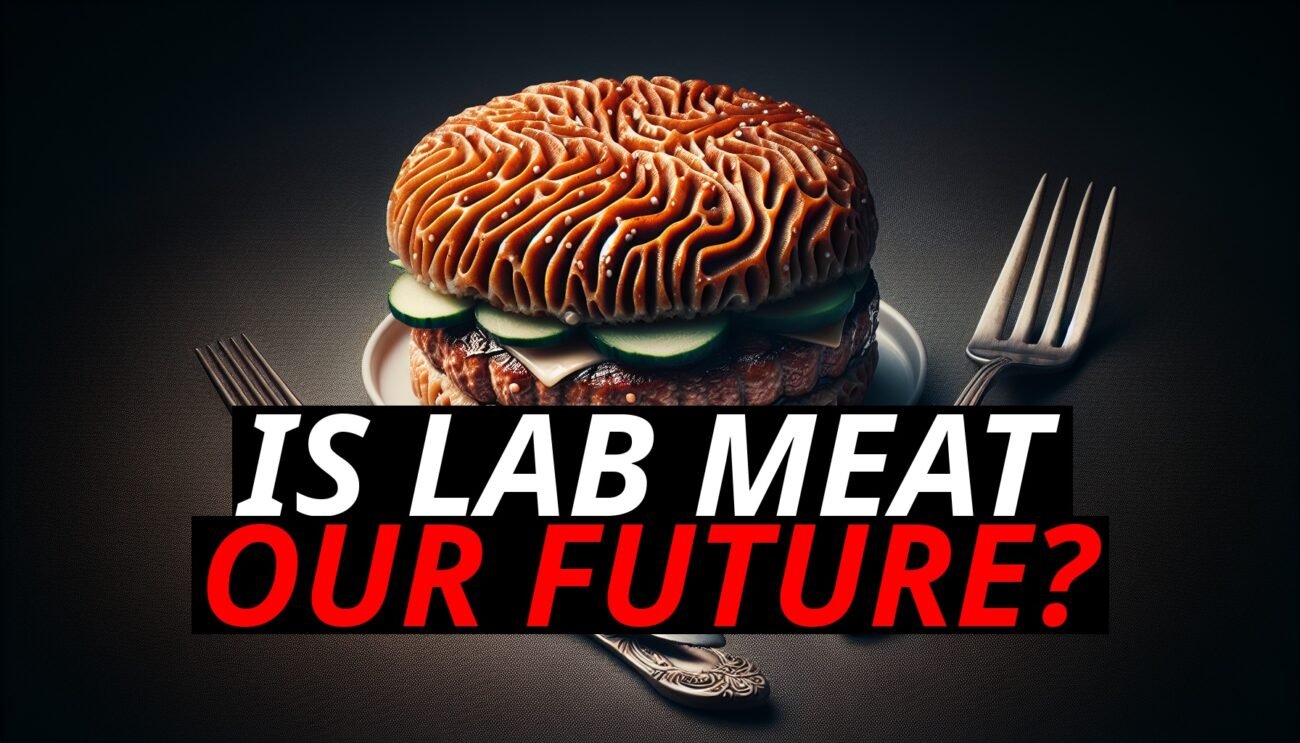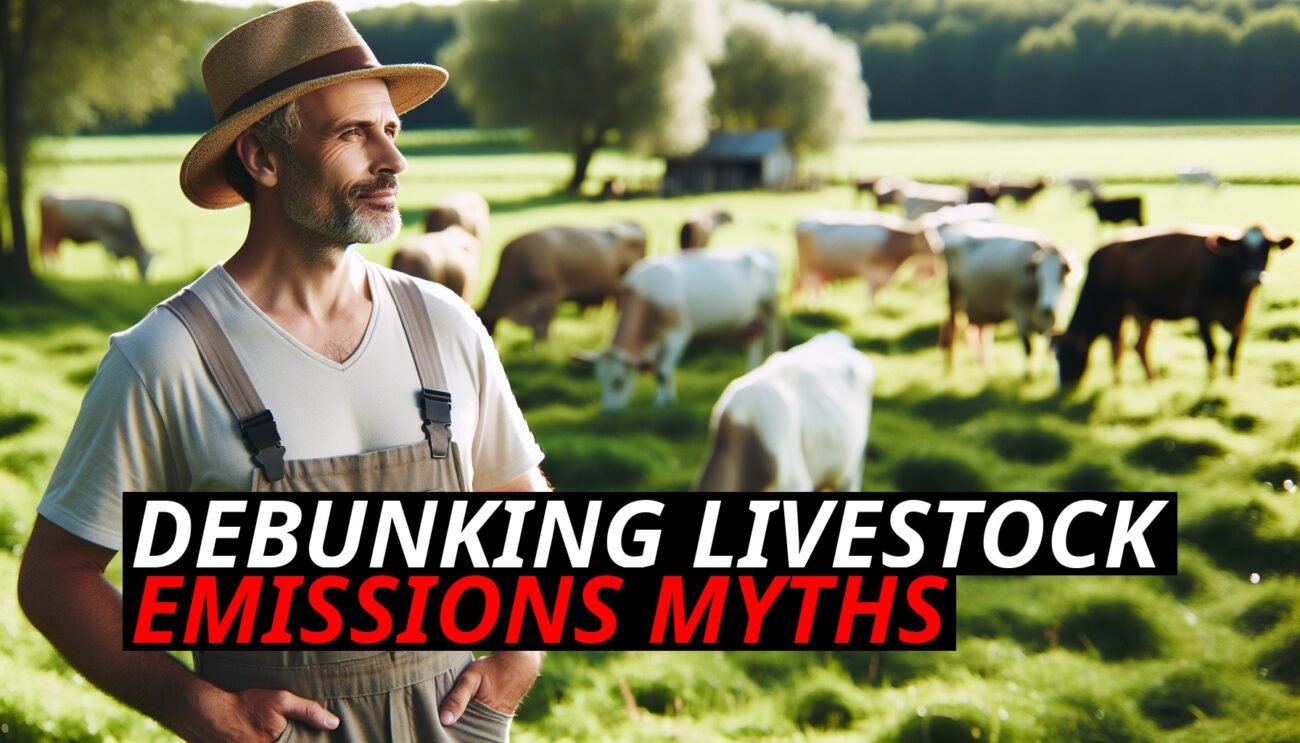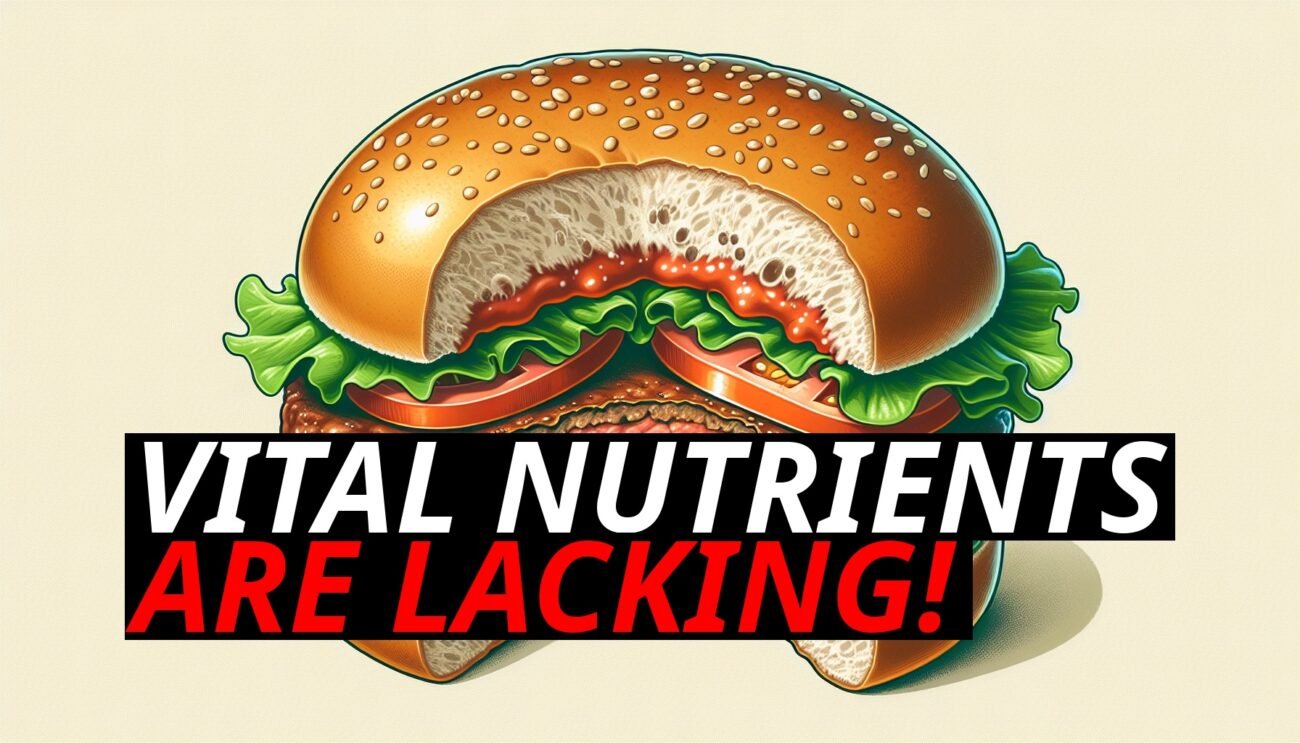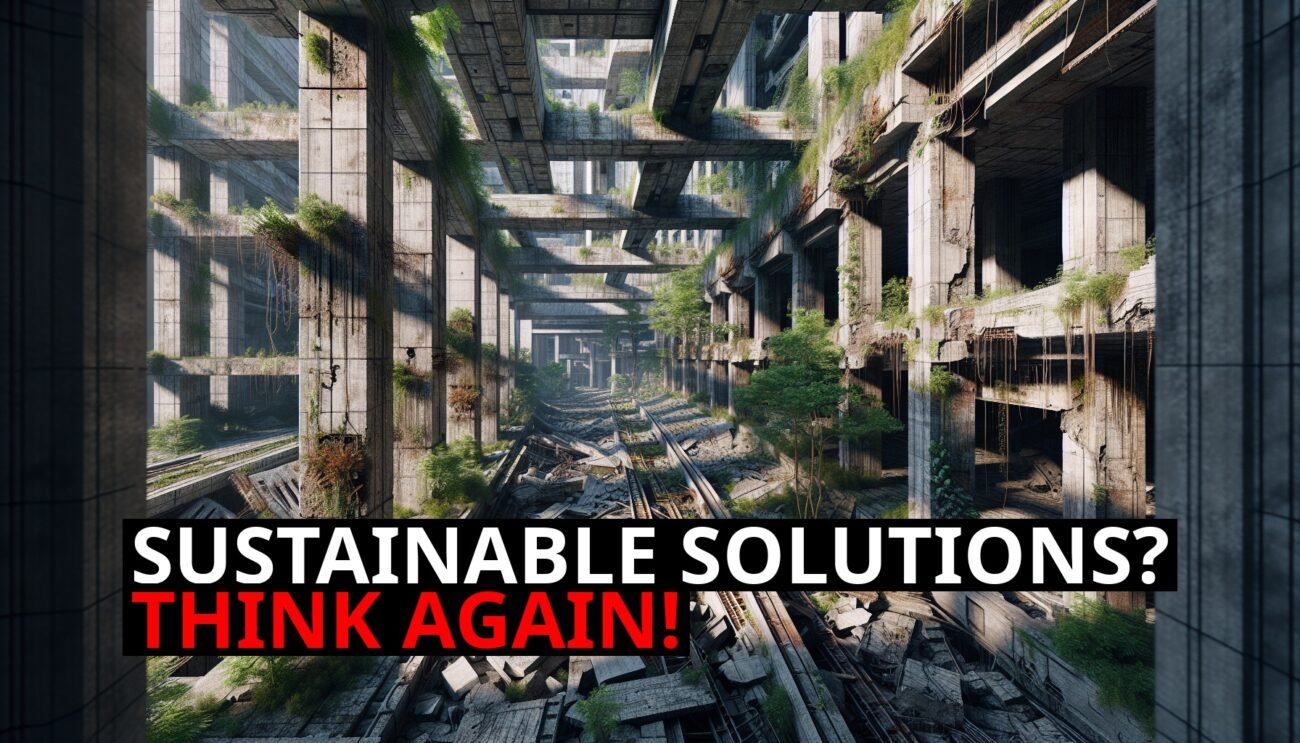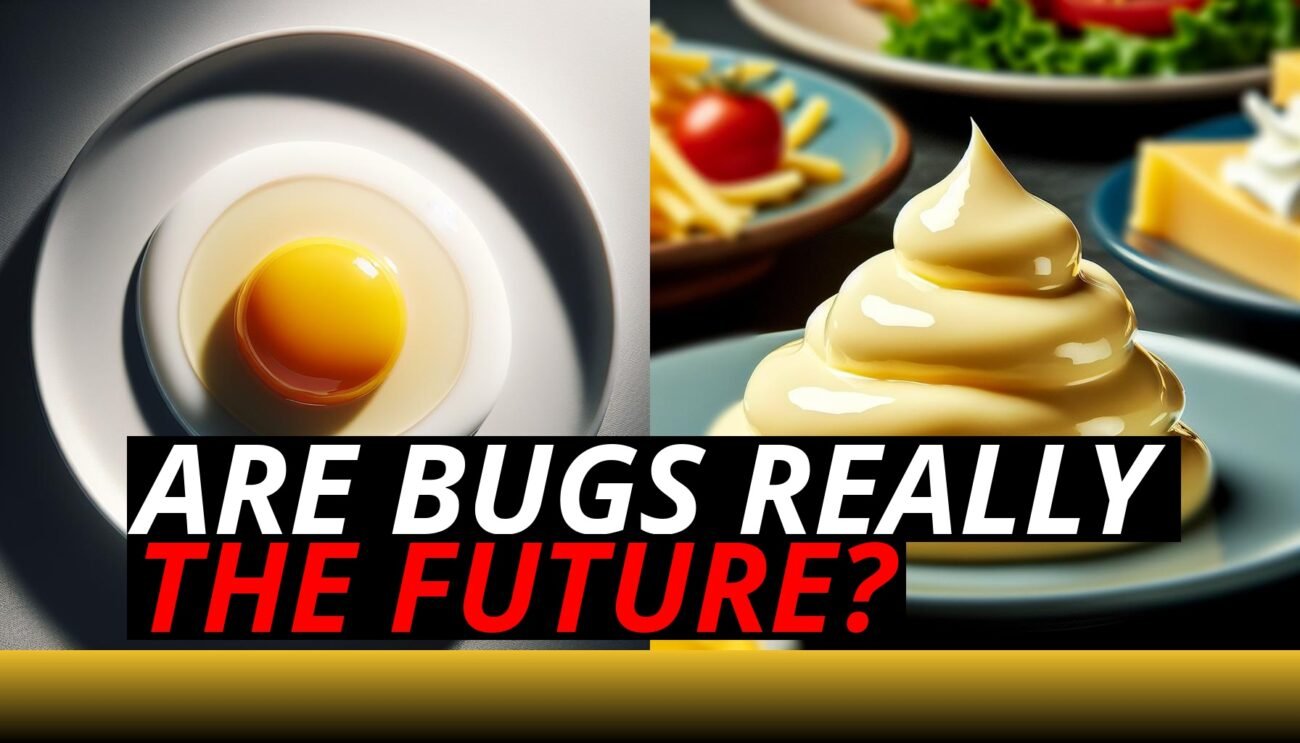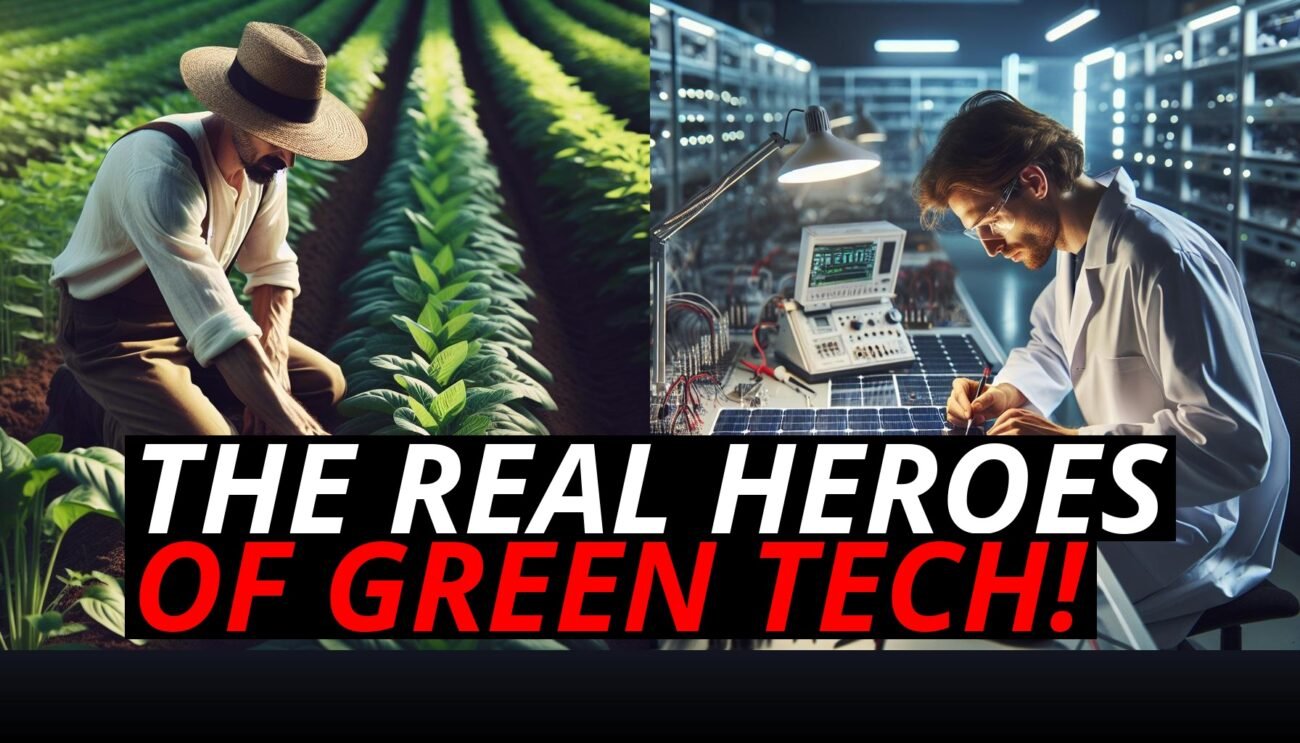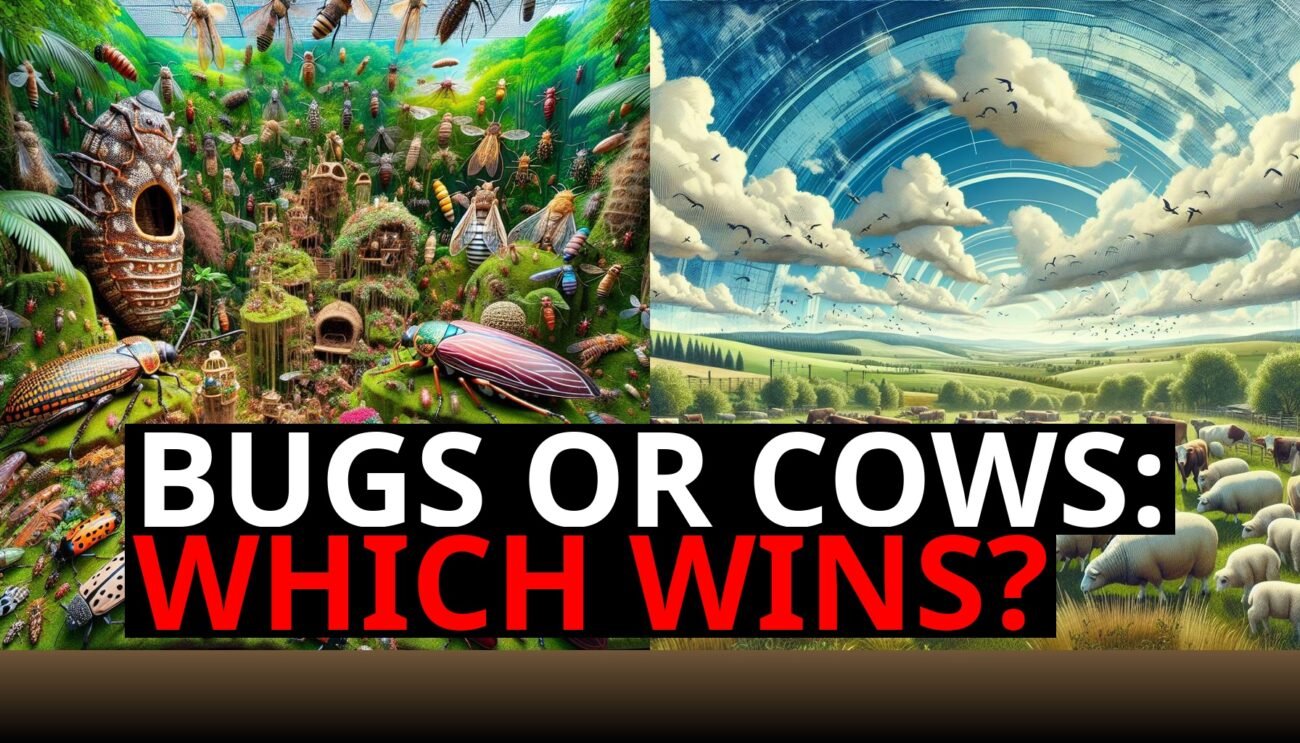We’ve all heard it—”Go plant-based to save the planet!” The narrative that reducing or eliminating meat from your diet is the most sustainable choice has become almost a given in discussions around climate change and environmental responsibility. But is it really that simple? What if the farming of crops like soy, corn, and wheat—staples of plant-based diets—has its own dark side? The truth is, when you dig deeper into the practices of animal farming and monocropping, the story of sustainability becomes far more complex.
The Environmental Benefits Of Sustainable Animal Farming
While animal agriculture is often villainized for its environmental impact, not all farming practices are created equal. The industrial, factory-farming model does indeed come with significant downsides—high emissions, resource use, and waste management issues. But there’s another side to animal farming that often gets overlooked: regenerative agriculture.
Regenerative animal farming is a holistic approach that focuses on improving soil health, sequestering carbon, and promoting biodiversity. It involves practices like rotational grazing, where livestock are moved between pastures to prevent overgrazing and allow the land to recover. This method encourages natural plant regrowth, improves water retention in the soil, and helps sequester carbon dioxide from the atmosphere into the ground.
In fact, some studies suggest that well-managed regenerative animal farming systems can be carbon-neutral or even carbon-negative, meaning they pull more carbon out of the atmosphere than they emit. Cows grazing on natural grasslands, for example, are part of a balanced ecosystem, where their manure acts as a natural fertilizer, enhancing soil health rather than depleting it.
In this context, sustainable animal farming becomes more than just a method of food production—it’s a tool for regenerating land and reversing some of the environmental damage caused by other agricultural practices.
Monocropping: The Hidden Environmental Cost Of Plant-Based Diets
On the other hand, the environmental cost of monocropping—the practice of growing the same crop on the same land year after year—is often overlooked in discussions about plant-based diets. Monocropping is commonly used to grow staple crops like soy, wheat, and corn, which are the foundation of many plant-based foods.
The problem with monocropping is that it depletes soil nutrients and leads to increased reliance on synthetic fertilizers and pesticides. Over time, this farming method degrades the quality of the soil, making it less fertile and more prone to erosion. It also strips the land of biodiversity, as vast monocrop fields wipe out the natural habitats of countless species.
But the damage doesn’t stop there. Monocropping can also contribute to water pollution through the runoff of fertilizers and pesticides into nearby rivers, lakes, and oceans. This runoff creates dead zones where aquatic life struggles to survive, further disrupting ecosystems. Additionally, monoculture farming often requires extensive irrigation, putting strain on local water resources, especially in regions already facing water scarcity.
When you weigh the environmental toll of monocropping, the idea that plant-based diets are automatically better for the planet starts to crumble. The large-scale industrial farming required to produce enough crops to feed a growing plant-based population can cause just as much—if not more—damage as poorly managed animal farming.
Carbon Emissions: Animal Farming Vs. Crop Production
One of the most frequently cited arguments in favor of plant-based diets is the claim that animal farming generates more greenhouse gases than crop farming. While it’s true that industrial livestock farming, particularly with cattle, contributes to methane emissions, the story isn’t that simple.
As mentioned earlier, regenerative farming can offset many of the emissions associated with animal agriculture by promoting carbon sequestration. Well-managed grazing systems can actually help capture carbon in the soil, mitigating the impact of methane emissions from livestock. In contrast, monocrop fields don’t offer the same carbon-sequestering benefits. In fact, when soil health is depleted through monocropping, it can release carbon into the atmosphere, contributing to climate change.
Another factor to consider is the processing of plant-based foods. Many of the plant-based meat alternatives that are marketed as “environmentally friendly” require energy-intensive production processes. From sourcing ingredients to processing them into burger patties or faux chicken strips, the carbon footprint of these products can be much higher than consumers realize.
Biodiversity: Grazing Livestock Vs. Monocrop Fields
Biodiversity is one of the most crucial indicators of a healthy ecosystem. Regenerative animal farming can enhance biodiversity by creating a more balanced ecosystem where plants, animals, and insects thrive together. Grazing livestock encourages the growth of various plant species, and the presence of animals on the land supports the food chain, promoting healthier ecosystems.
Monocropping, on the other hand, is one of the leading causes of biodiversity loss in agriculture. Fields dedicated to a single crop eliminate a wide variety of plant species, making it impossible for many animals, birds, and insects to survive. This, in turn, disrupts the natural balance of the ecosystem, leading to a decline in species that play crucial roles in pollination, pest control, and soil health.
In addition to the loss of biodiversity on land, monocropping also affects aquatic ecosystems. Fertilizer runoff can lead to eutrophication, where excess nutrients in water bodies cause algae blooms that deplete oxygen levels, killing fish and other aquatic life. The environmental ripple effects of monocropping are far-reaching, challenging the assumption that plant-based diets automatically protect wildlife and ecosystems.
Water Use: Animal Farming And Crop Irrigation
Water usage is another critical factor in the sustainability debate. Critics of animal farming often point to the large amounts of water needed to raise livestock, particularly cattle. However, this argument overlooks the fact that much of the water used in animal farming comes from rainwater that naturally falls on grazing land. In regenerative systems, animals are raised on natural grasslands that don’t require extensive irrigation.
Monocropping, however, often relies heavily on irrigation—especially for crops like almonds, soy, and rice. In regions like California, almond farming alone consumes vast amounts of water, contributing to drought conditions and water scarcity. When you factor in the water required for growing plant-based staples, the idea that plant-based diets automatically save water becomes less convincing.
A More Nuanced View Of Sustainability
The common narrative that plant-based diets are inherently better for the planet oversimplifies the issue. While reducing reliance on factory-farmed meat can be beneficial for the environment, the large-scale monocropping needed to support a fully plant-based food system comes with its own set of environmental challenges.
Sustainable animal farming, particularly through regenerative practices, offers a way to produce food that not only meets human nutritional needs but also restores and enhances the environment. It’s not about choosing plants over animals—it’s about finding a balanced approach that incorporates both plant and animal farming in ways that work with nature, not against it.
Conclusion: Rethinking What’S Truly Sustainable
At the end of the day, sustainability isn’t about labeling one diet as “good” and another as “bad.” It’s about recognizing the environmental trade-offs involved in how our food is produced. Both animal farming and plant-based agriculture have the potential to harm or help the planet, depending on the practices used.
The key is to shift the focus away from simplistic slogans and look toward farming methods that prioritize regeneration, biodiversity, and carbon capture. Whether it’s animal farming or crop production, the future of sustainability lies in working with ecosystems to create resilient food systems that support both human health and the planet.

